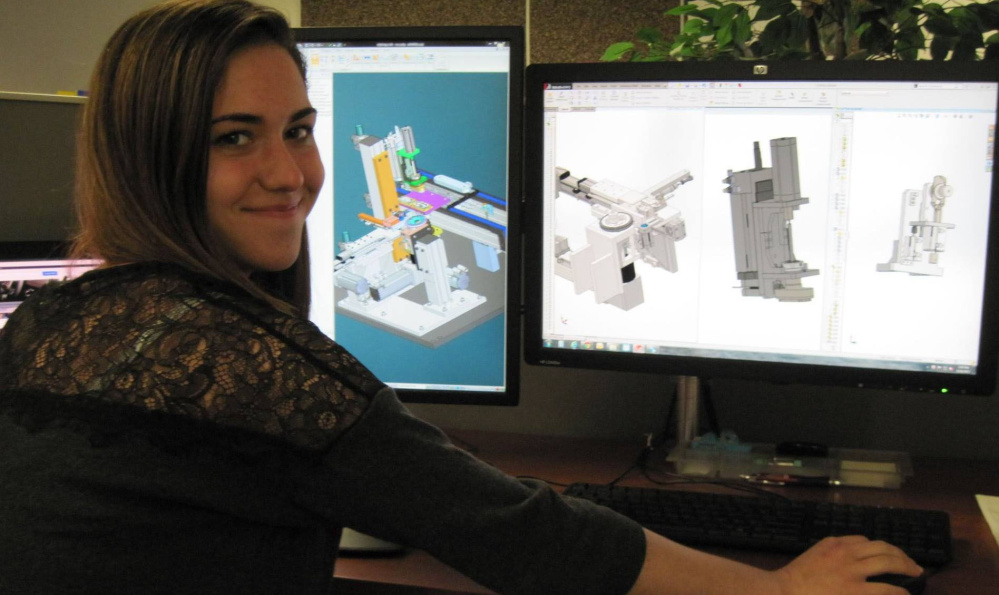Every day, Maine employers large and small work with high schools and colleges to guide students toward well-paying and fulfilling jobs – and yet many of those jobs remain perpetually unfilled.
It is a disconnect that is hurting Maine’s economy and stunting the potential of many of its young residents, and it has its roots in the long-standing stigma against vocational education.
JOBS AVAILABLE
Once thought of as a dumping ground for students who were not cut out for college, vocational education – now known as career and technical education – is the training ground for some of the state’s fastest-growing sectors and most in-demand workers.
That transformation is well known to the business leaders who use Maine’s technical schools to help build their workforce, but it has yet to be embraced by some parents and educators, who are still stuck on the old image.
That is one reason so few Maine high school students take part in career and technical education. Just 14 percent of students take one or more class, and just 6 percent choose it as a concentration, both less than the national average. That’s why the Maine State Chamber of Commerce and Educate Maine are teaming up on an effort to double participation by 2020.
Announced last week, the effort is aimed at Maine’s 27 career and technical education high schools, which now offer 23 programs in 10 clusters, including arts and communications, construction and manufacturing, public safety, hospitality and tourism, and science, technology, engineering and mathematics.
Students who complete these programs end up as welders and electricians, HVAC installers and machinists, police officers and licensed practical nurses, carpenters and auto technicians — some of the most in-demand and high-wage jobs in Maine. Forty percent earn an industry-recognized credential while still in high school, while many others gain college credit. They often have direct contact with employers while studying, making clear to them the path to a good career.
MANY BENEFITS
And whether they take one career and technical class or fill their schedule with them, they gain hands-on experience in a collaborative atmosphere, earning skills that translate to college or the workplace regardless of the path they choose. By building a house or restoring an old car — two projects undertaken recently by Maine students — they learn to apply physics, math and other subjects in ways not always seen in high school classrooms.
This can be formative and eye-opening for young students unsure of their direction. Maine does a great job of graduating high school students, but too many of those graduates then lose their way.
Some stop there, without the training they need to thrive, or drop out after a year or two of higher education, left with debt but no degree.
Students exposed to career and technical training, though, get a clear view of what their future can be and what steps are necessary to get there. They gain the “soft skills” so important to employers, too.
The new initiative aims to bring more students into the career and technical education path by expanding partnerships with private employers and colleges, as well as apprenticeship programs, and by removing the barriers, like scheduling conflicts, that keep high school students from taking career and technical classes.
Those are great steps, but none of it will help unless parents and educators are open to pushing students toward career and technical education. As the Maine State Chamber and Educate Maine know, reducing the stigma is the first, most important step. Employers want these students — there are careers waiting for them. People need to know that career and technical education is a path to a good life, if everyone can just see it that way.
Send questions/comments to the editors.


